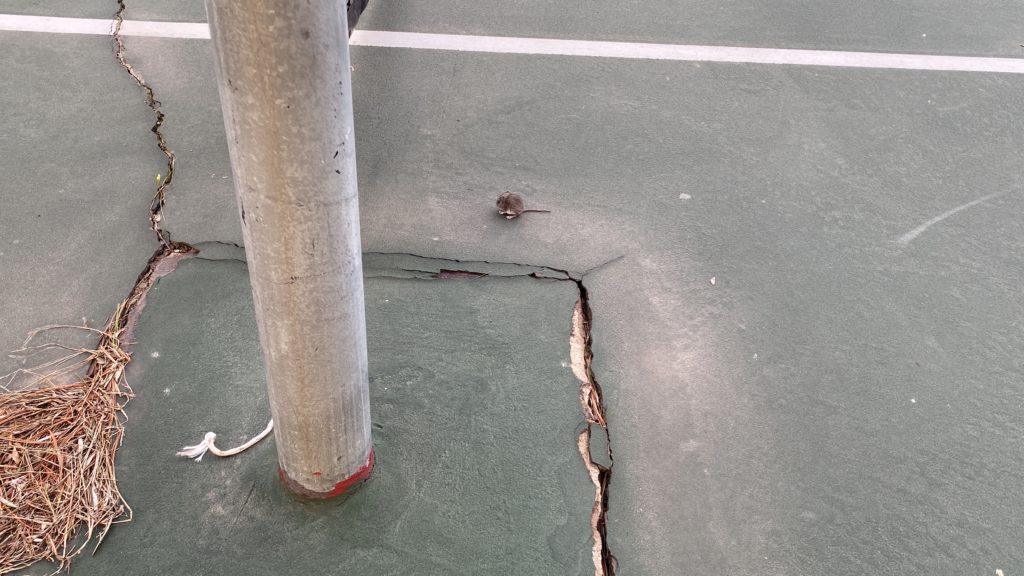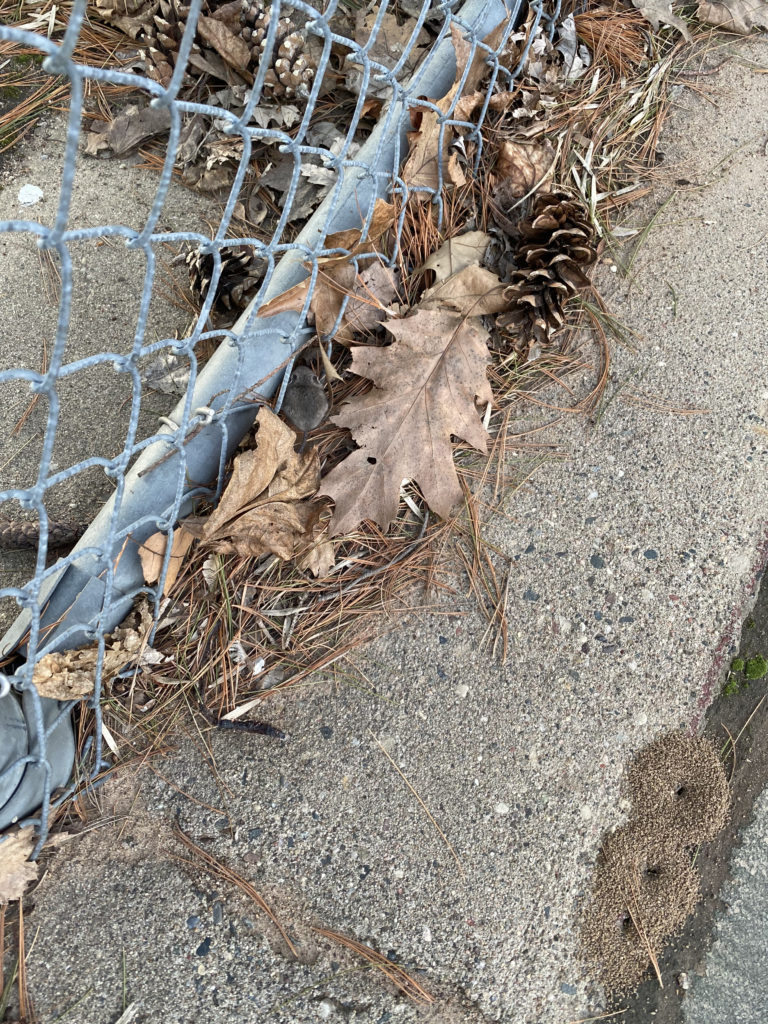From Tom and Jerry to church mice in a Robin Hood Cartoon, we are primed to correlate mice with cheese. Unfortunately, many people report that their animated mouse baiting guidelines have failed them. They want to know, “what is the best mouse bait?”

The Halloween Principle of mouse bait
If we want to understand how to lure a mouse into a trap, we can learn all we need from the trick or treaters of halloween:

- Trick or treat (ToT) – it isn’t always about the treat. If the placement is right, you can trick the mouse into the trap without the best treat
- Big candy bar houses – Expert ToT-ers know rural homes yield the best treats because few venture out there. Similarly, most mice won’t venture beyond a 30 foot range. Get the bait in the range and bait selection matters less.
- Stick to expectations – breaking expectations with an apple or a toothbrush will get your house egged. Breaking a mouse’s expectations will leave your trap untouched. Bait the trap with what the mouse is already eating.
Determining what bait mice expect
The most important part of determining an ideal bait for mice is paying attention to what they are getting into already. While there is some variance in rodent populations with regard to taste preferences, they are not near as particular as chocolate vs fruit chew children. If the mice are feeding on bird seed, bait with bird seed. For mice feeding on dog food, bait with dog food. If they are getting into your trash receptacle, go dumpster diving for mouse bait!
How much bait beats what kind of bait
I have seen lots of clever ways (dental floss, super glue, etc.) of securing bait that rodents run off with. The ticket is to put just enough bait on the trap trigger to encourage the mouse to interact with all sides of the pedal. If a mouse can bit off a corner of the bait and miss the trigger, there is too much bait.
Bait in protected lines
Mice use their whiskers (vibrissae) to help them navigate as they run along walls and dart around corners. Sticking to these linear pathways increases the likelihood of mice being willing to interact with the bait. Going back to variations in the population, the more intrepid mice are going to be more likely to venture out into the open for a good treat, but the more conservative mice require more convenient placements. Taking this further, look for the place where the mouse can interact with the bait in a spot where the mouse can feel protected from predator view.

Bait better, bait like a pro
If mice are skirting your bait, use the tips above to improve your bait selections. The more principles you take into account, the more professional your baiting outcome will be. Of course, there is far less brain power and time lost when you turn the matter over to the rodent pros at Rove Pest Control. Regardless of where you are at in the process, we are more than happy to guide you to successful baiting.
About Rob Greer: Pest Control Expert and Industry Leader
Rob Greer, co-founder of Rove Pest Control, has a deep connection with nature, developed during his upbringing in rural Idaho where he raised horses and cattle. He began his career in pest control in 2001 to support his university studies. After earning a BS in Business Management, Rob, along with Lenny Gray and McKay Bodily, founded Rove Pest Control.
Rob has played a pivotal role in shaping the operational framework of Rove Pest Control, with a focus on personal development for team members, public health awareness, and tailoring services to meet the needs of individuals and communities.
As an Associate Certified Entomologist (ACE) and Subject Matter Expert (SME), Rob has made significant contributions to the pest control industry. He has collaborated on the Minnesota Department of Agriculture’s UMN Extension certification manual and exam development, the National Pesticide Applicator Certification Core Manual for the EPA, and the Quality Pro Customer Service Credential Task Force. His expertise has also been recognized in his testimony for the pest control industry before the Minnesota state legislature as a State Policy Affairs Representative. Currently, Rob serves as the President of the Minnesota Pest Management Association Board. Learn more about Rob Greer.